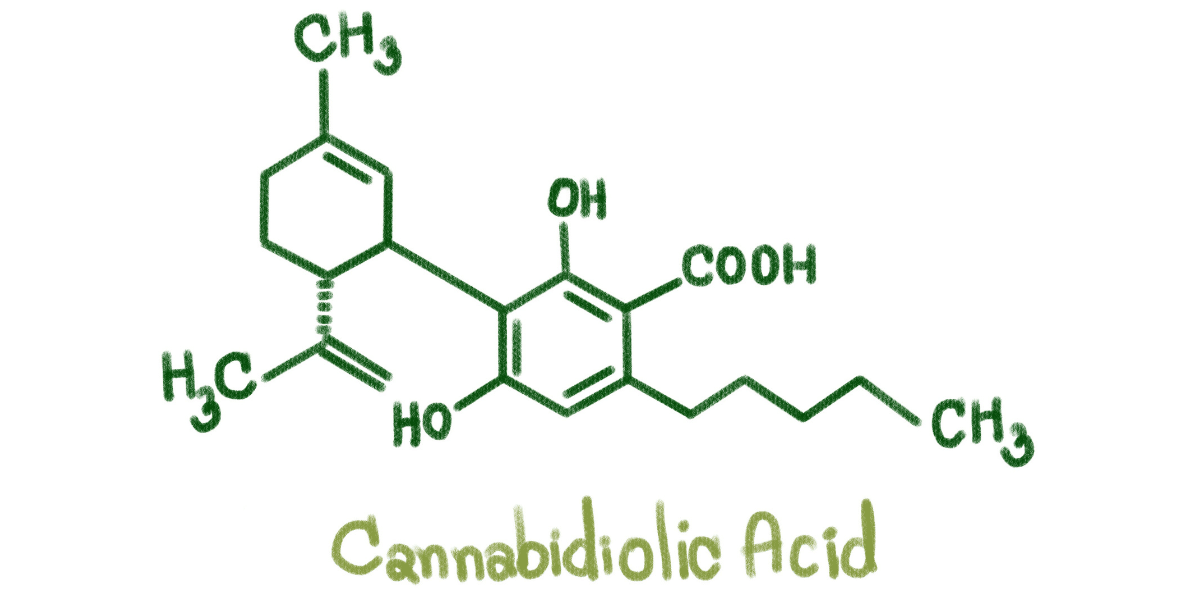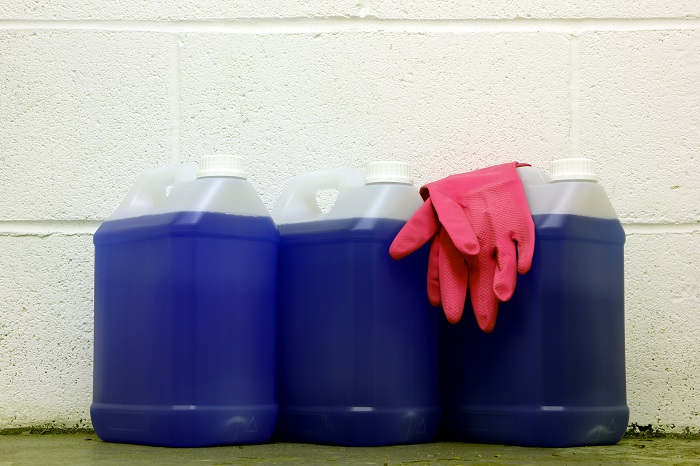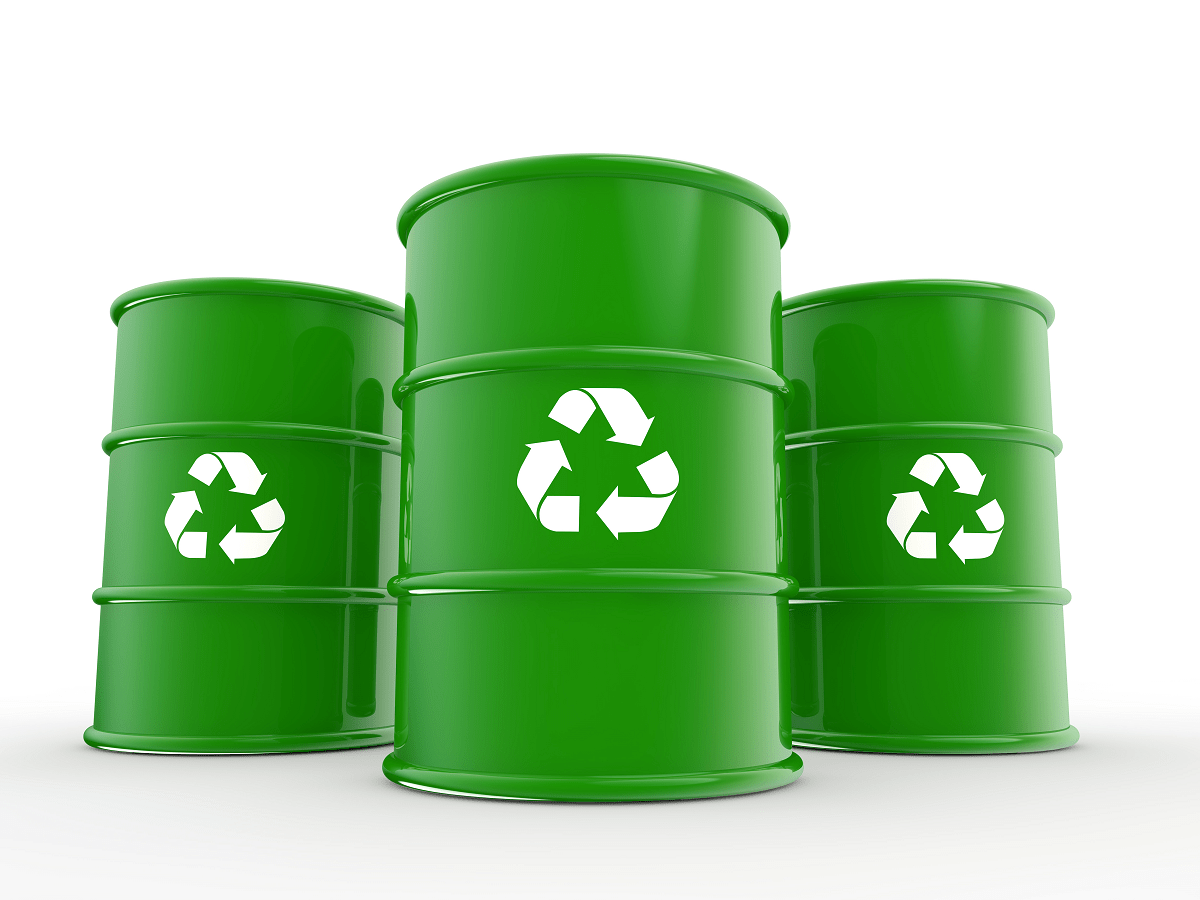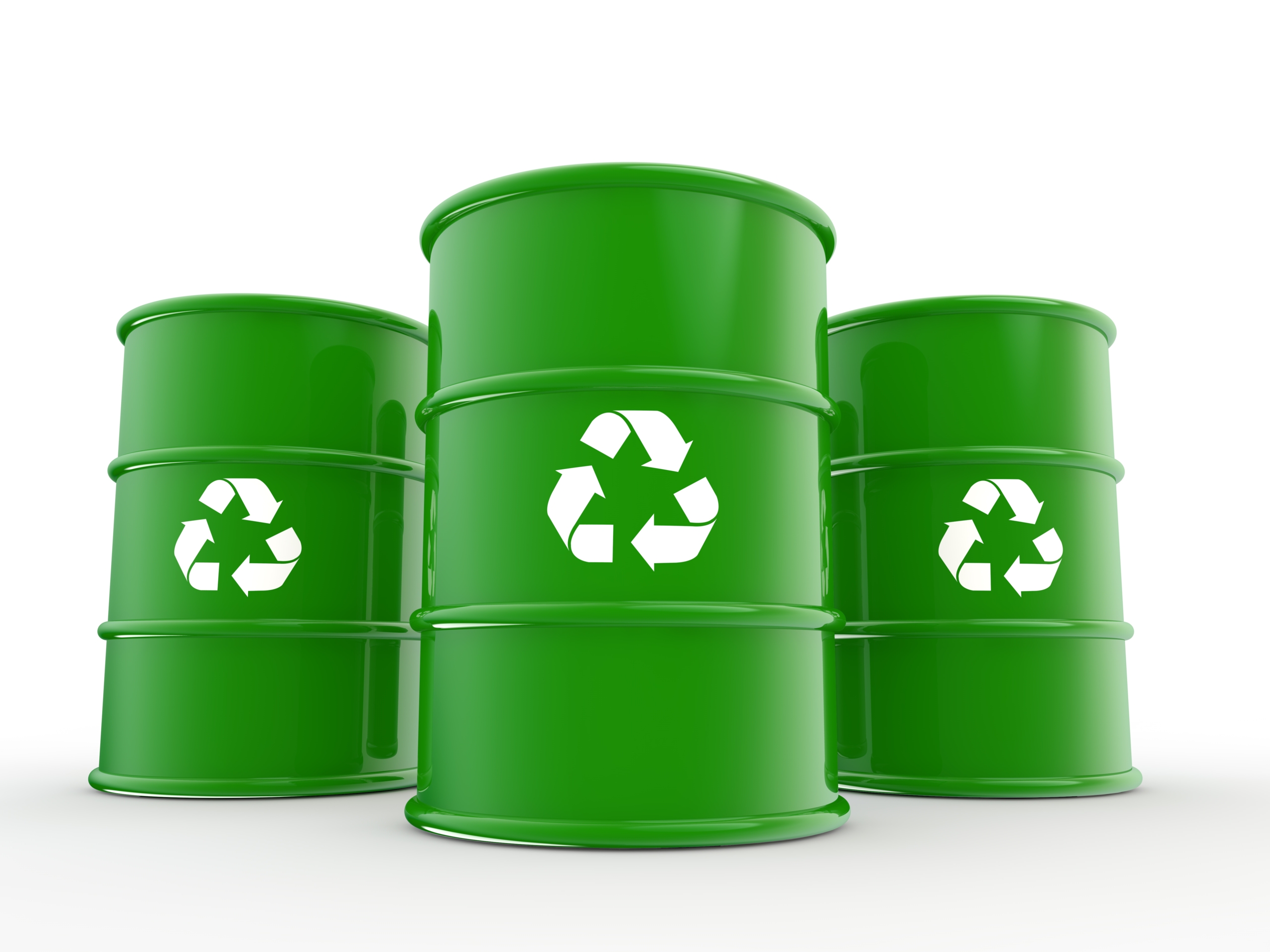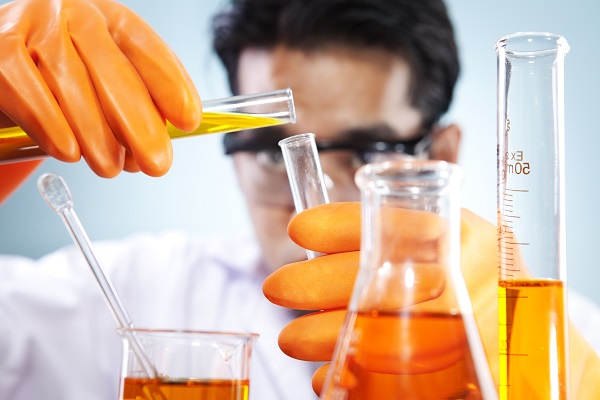The color green is sometimes associated with unflattering qualities, such as envy or greed. However, thanks to the green movement, it is now often...
Blog


CHEMICAL INDUSTRY NEWS
Chemical Chat – Discover What’s New!
What Are Extraction Grade Solvents
What are extraction grade solvents? Extraction grade solvents are chemical solvents that are safe and effective for use in oil extraction processes....
CBDA Water Extraction vs Solvent Extraction
What is CBDa water extraction? Water extraction is a chemical free extraction method to retrieve oils like CBDa, CBD, hemp oil, and fragrant...
What Is CBDA?
What is CBDA? CBDA is a cannabidiolic acid, that is the precursor of CBD. CBD oil is often talked about and used to...
What Are Extraction Grade Solvents
What are extraction grade solvents? Extraction grade solvents are chemical solvents that are safe and effective for...
Company News

Managed Services
Discover the Latest in Safe and Sustainable Chemical Solutions
Stay informed with Ecolink’s blog! Subscribe now
Chemical Management Information
Stay updated with us
Sign Up for the Latest Updates
Stay informed about chemical supply chain disruptions and emerging innovations to keep your business at the forefront of efficiency and innovation. Uncover new ways to make your business practices more sustainable by incorporating safer products into your cleaning lineup.






